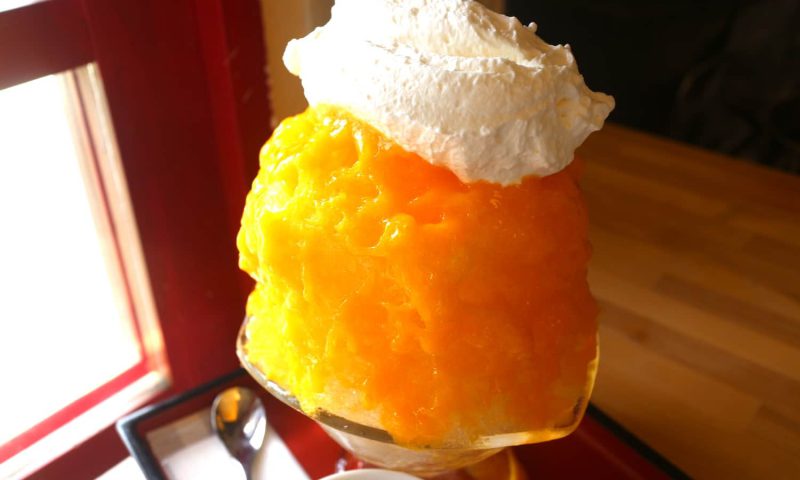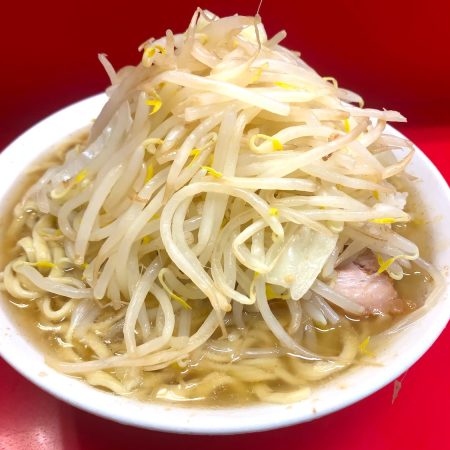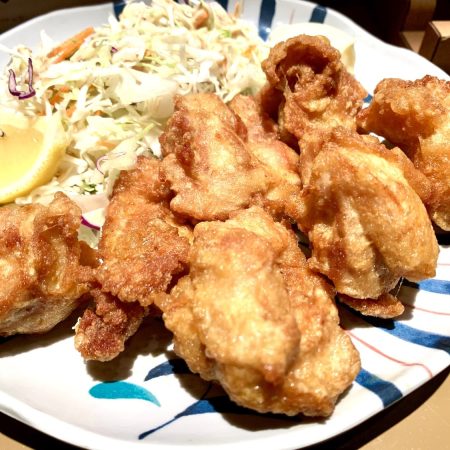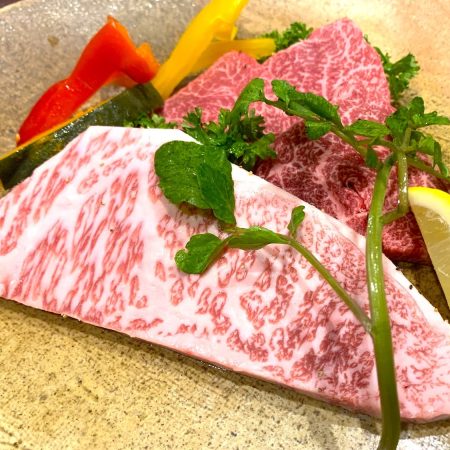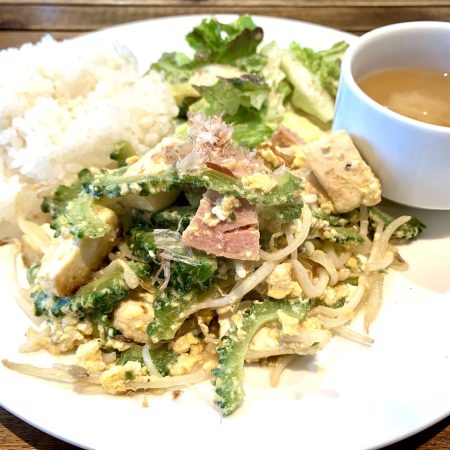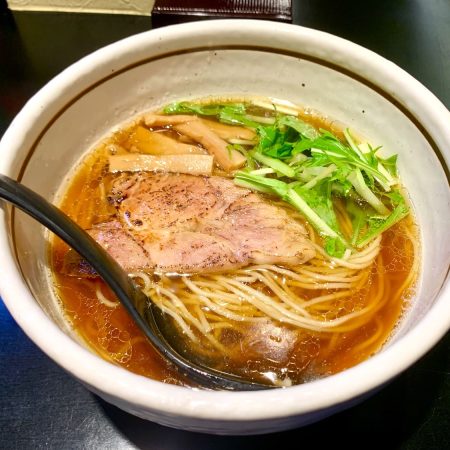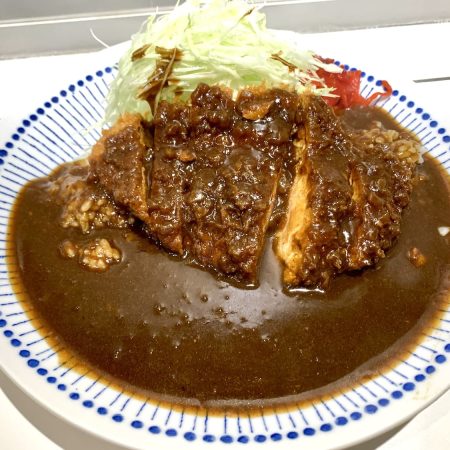Dramatic Evolution of Modern Shaved Ice
Kakigori, shaved ice covered with colored sugar syrups, is a popular summer delicacy for Japanese. Kakigori is said to date back to the Heian period (794-1185); it is referenced in the literary classic “Makura-no-Soshi” (The Pillow Book) written by the poet Sei Shonagon. During the Heian period, ice was a luxury commodity that could only be afforded by aristocrats. Even in the Edo period (1603-1868), ice was still a luxury item and only the feudal lords and wealthy merchants could afford it. In the Meiji era (1868-1912), an icemaker was invented and the common people were finally able to get their hands on ice.
Traditionally, kakigori has had the image of being a quick summer snack. Nowadays, however, it is common to find kakigori that easily costs over 1,000 yen. Contemporary kakigori has become a gourmet dish, with its fluffy, temperature-controlled ice and homemade syrup made from all-natural ingredients. Instead of covering shaved ice with an artificial syrup, modern kakigori is topped with generous amounts of seasonal fruit and rich fruit syrup. Although kakigori is conventionally associated with summer, it is gaining recognition as a treat that can be enjoyed all year round. Kakigori has evolved into both a visual and gastronomic delight for today’s consumers.

